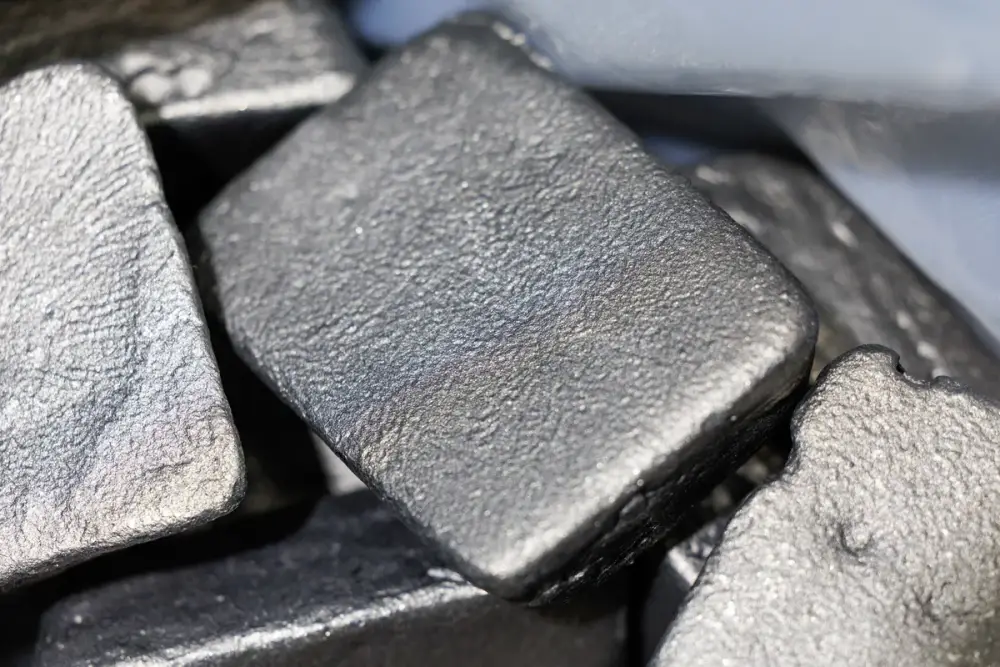
Tham vọng đất hiếm không Trung Quốc của Canada khựng lại: Nhà máy lớn lùi tiến độ đến 2026
-
Một trong số ít nhà máy xử lý đất hiếm ở Bắc Mỹ – thuộc Saskatchewan Research Council (Canada) – đã buộc phải lùi kế hoạch sản xuất từ 2025 sang cuối năm 2026 do chậm trễ trong thi công và khủng hoảng chuỗi cung ứng hậu Covid.
-
Dự kiến ban đầu, nhà máy sẽ sản xuất 400 tấn neodymium-praseodymium/năm, đủ để phục vụ 500.000 xe điện. Nhưng năm 2025, sản lượng chỉ còn khoảng 100 tấn.
-
Theo CEO Mike Crabtree, thiết bị từng có sẵn trong 5–6 tuần nay mất 9–12 tháng để giao hàng. Điều này cho thấy mức độ tổn thương của các nỗ lực phi Trung Quốc khi đối mặt với thực tế hạ tầng công nghiệp phương Tây chưa sẵn sàng.
-
Khi hoàn thiện vào cuối 2026, nhà máy sẽ xử lý 400 tấn neodymium-praseodymium, 30 tấn dysprosium, và 15 tấn terbium mỗi năm – các nguyên tố mà Trung Quốc đã hạn chế xuất khẩu từ tháng 4/2025.
-
Dự án được đầu tư hơn 100 triệu đô la Canada (73 triệu USD) từ chính quyền liên bang và tỉnh bang Saskatchewan, hướng đến mục tiêu xử lý đủ cả 17 loại đất hiếm, hoàn toàn không phụ thuộc vào Trung Quốc.
-
Nhà máy ban đầu dùng nguyên liệu từ các mỏ tại Nam Mỹ và châu Phi, đồng thời có khả năng xử lý đất hiếm tái chế từ châu Âu và Bắc Mỹ.
-
Đơn vị này đã ký thỏa thuận cung ứng cho hãng sản xuất nam châm REalloys Inc. từ tháng 5/2025, cho thấy cam kết thương mại đã được thiết lập, chỉ chờ năng lực sản xuất.
-
Crabtree nhấn mạnh: nếu không xây dựng chuỗi cung ứng phi Trung Quốc, thế giới luôn bị đặt vào thế rủi ro, đặc biệt khi Bắc Kinh dùng đất hiếm như công cụ trong chiến tranh thương mại.
📌 Nhà máy xử lý đất hiếm chiến lược của Canada buộc phải lùi sản lượng từ 400 xuống 100 tấn do thiết bị giao chậm, đẩy kế hoạch hoàn thiện sang cuối 2026. Dự án trị giá 73 triệu USD này được xem là nỗ lực then chốt trong việc tạo chuỗi cung ứng đất hiếm không phụ thuộc Trung Quốc. Tuy nhiên, tình trạng trì hoãn càng cho thấy thách thức lớn của phương Tây trong cuộc đua giành lại quyền kiểm soát khoáng sản chiến lược toàn cầu.
https://www.bloomberg.com/news/articles/2025-07-09/rare-earths-processor-scales-back-output-due-to-construction-delays
Rare Earths Processor Scales Back Output Due to Construction Delays
- Construction delays have caused a rare-earth processing plant in Canada to push back its production goal, according to the head of the provincially owned entity.
- The plant's CEO, Mike Crabtree, attributes the delays to supply-chain issues post-Covid, saying equipment that would normally be delivered within five to six weeks was taking nine to 12 months.
- Crabtree expects the facility to be fully operating by the end of 2026, producing over 400 tons of neodymium-praseodymium metals, and says creating a non-Chinese supply chain is necessary to reduce the risk of China's control over the metals.
Thảo luận
Follow Us
Tin phổ biến



